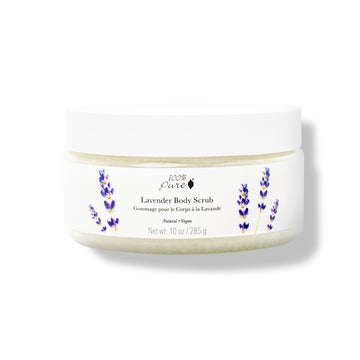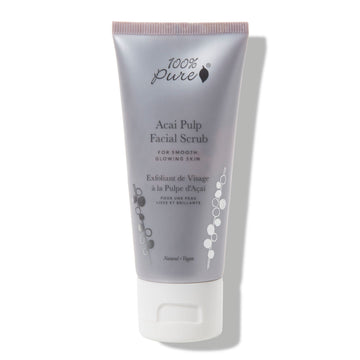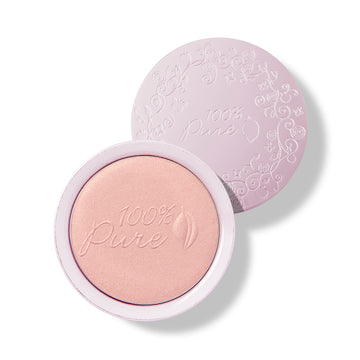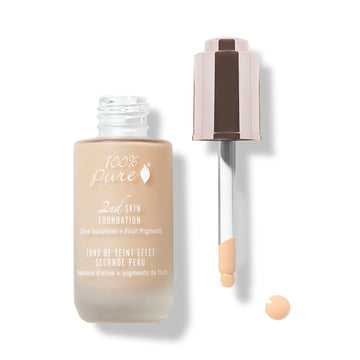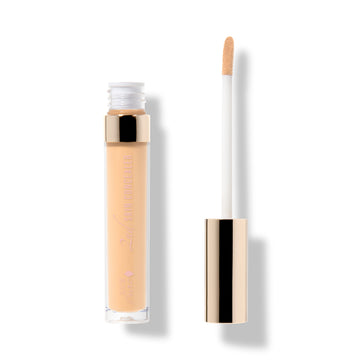Listing the most Earth-damaging cosmetic ingredients
Written by: 100% PURE®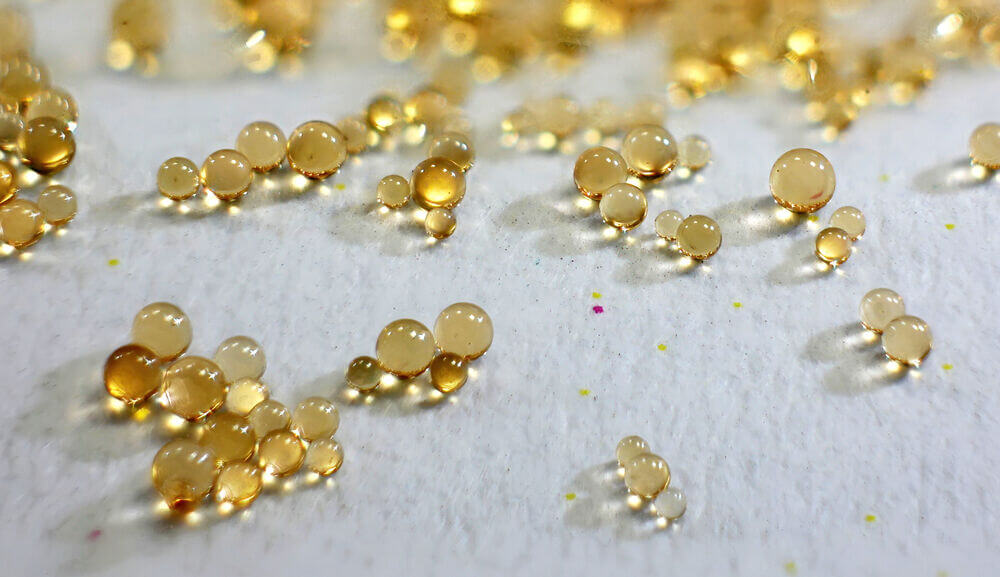
Hot off the heels of World Wildlife Day, we’re contemplating the many ways in which our daily actions impact the environment. Specifically, we’re taking a microscope to the ingredients found in our makeup, skin care, and body products.
We’re always looking at ways to stay in touch and informed about the Earth. Taking a mindful approach to shopping can help the planet overall. So in honor of World Wildlife Day, we’re touching on ingredients commonly used in cosmetics that pose a risk to wildlife, ecosystems, and other precious elements of our planet.
When it comes to products – especially cosmetics – the source of each ingredient is where we find the most impact. Why? In part because along with the type of ingredient being used, the source is the first factor of many that leads to the end result.
The country and region an ingredient comes from, the techniques used to produce it, how supply is managed, and who has access to it all are important factors to consider. The cosmetics industry is taking strides to embrace more ethical and empathetic practices. Implementing certifications has had a hand in that; Demeter® and Rainforest Alliance are two well-known entities that certify eco-friendly practices.
Transparency in the beauty industry is so vital. Being able to track a product’s source and certify its manufacturer holds everyone accountable to the ideals we hold valuable. Let’s talk more about the products still posing potential sourcing or production risks this World Wildlife Day!
As we’ve mentioned before, there are lots of ingredients that are risky by nature. Then there are ingredients that trigger a negative ripple effect with their sourcing or harvesting. These may negatively affect their native environment, local wildlife, and surrounding community.
Palm Oil
Many of us have heard about this controversial ingredient, currently widely produced in Indonesia and Malaysia. Palm oil first started gaining attention as a scandalous ingredient in the food industry; in terms of cosmetics, palm oil is often used for soap bases and as an emollient in lipsticks. But is palm oil harmful?
The ingredient itself isn’t bad for us, although it does have the potential to cause some clogged pores. Scientists have come to discover that moving away from palm oil might be a worse alternative. The World Wildlife Fund explains that while the production of palm oil has contributed to deforestation, alternative oil sources require much more crop land and take away from conservation efforts that buying palm oil products help to support.
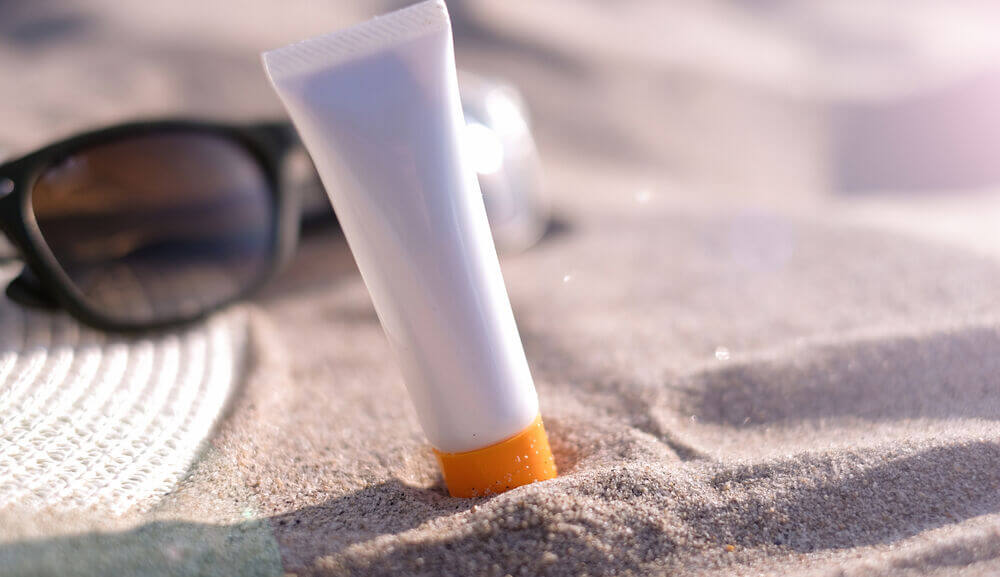
Octinoxate
You may be reading this and wondering, what is oxybenzone? It’s mainly used in chemical sunscreens to block UV rays, but can also be found in hair care and makeup products. While octinoxate does help to prevent skin cancer and drastically minimize damage from sun exposure, this endocrine disruptor is an ingredient easily absorbed by the body.
Not only can oxybenzone mimic hormones and cause thyroid issues, it leaves contaminants in the environment through bioaccumulation, impacting sea species and marine ecosystems the most.
Oxybenzone
Another chemical UV filtering ingredient, oxybenzone is often used in SPF products and even fragrances or nail products. We have the capacity to absorb this ingredient, and what’s worse is that, according to the CDC, the presence of oxybenzone leaves us at a higher risk for absorbing other potentially toxic ingredients.
This also causes concern because data confirms that oxybenzone strongly impacts hormones, creating puberty imbalances, linked to male infertility and even related to hormone-linked cancers.
And of course, it’s another ingredient that can harm the environment. Oxybenzone is closely linked to coral reef damage, bleaching, and death. That’s why reef-safe sunscreens have gained popularity by conscious consumers!
Triclosan
Triclosan is a commonly used antibacterial often found in personal care products from toothpaste to shampoo, even some beauty products. The FDA reports mixed evidence on just how harmful – or effective – this ingredient is, but so far, we know that high doses can disrupt thyroid function and encourage antibiotic resistance in some bacteria.
Since most known testing is taking place on animals, we know this ingredient poses a risk to animals and marine wildlife especially.
Newsletter Subscribe
for more blog updates and exclusive discounts
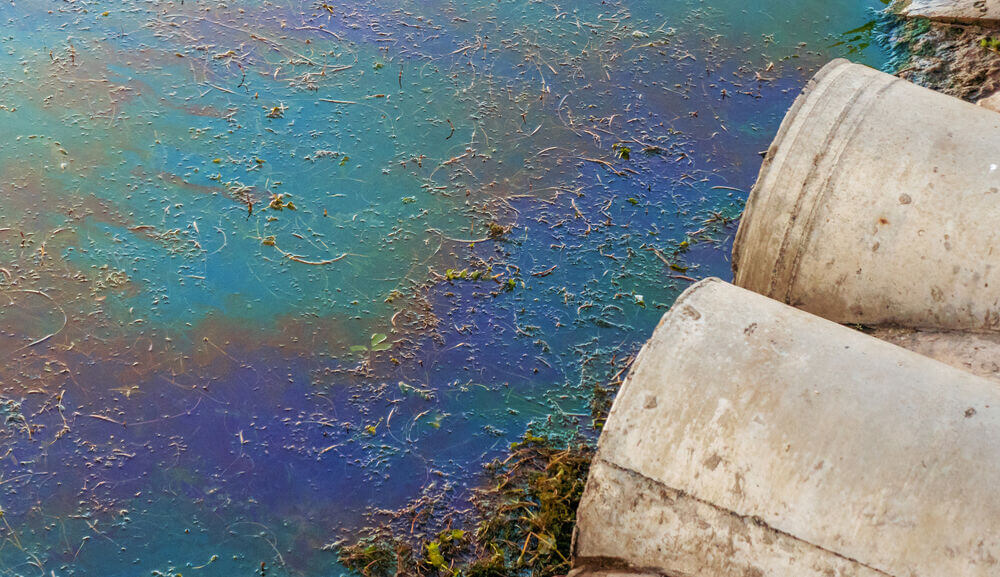
Plastic Microbeads
This ingredient has faced much backlash, with a bright spotlight shining on the dangers of plastic microbeads not just for us, but for our environment and wildlife. At this level of development and innovation in cosmetics, there’s no reason to resort to plastic microbeads, EVER. Jojoba esters, fruit extracts, and sea salt are all eco-friendly alternatives to plastic microbeads.
Plastic microbeads are also loaded with BPAs, which are hormone disruptors for humans and animal life alike. To discover products containing plastic microbeads that might be hiding in your cupboards, reference the Beat the Microbead organization’s website.
PRO TIP: Our Acai Pulp Facial Scrub uses scrubby pieces of acai berry and grapeseed to exfoliate skin. Our Bath Scrubs use sea salt instead of plastic microbeads to soften and buff the skin.
Plastic Glitter
We’re exposed to lots of plastic in our beauty products. These plastic pieces are not biodegradable, and often come laced in our eye makeup, lip products, and nail lacquers. These plastics are abrasive to the skin, risky for delicate areas like the mouth and eyes, and find their way into oceans where they have a microbead-like effect.
Seeking out beauty products that use plastic-free glitters, minerals, and safe synthetics are the best alternative to avoiding this toxic source without skipping on shimmer.
PRO TIP: Our Gemmed Luminizers are made with real gemstones!
Siloxanes
In the clean beauty circle, silicones are a dirty word – and siloxane falls under that umbrella. Siloxane is a silicone ingredient frequently used to add slip and silkiness to personal care products like deodorants and hair products. We also see them in common household products, like non-stick pans and even baby products.
While considered non-toxic due to the ways this ingredient is commonly used, it still poses risks to the environment. This is thanks to its concentration in wastewater, and the harmful exposure to marine life.
Synthetic Fragrances
While some synthetics are designed as an alternative to risky ingredients, synthetic fragrances were developed to find cost savings for producers. Apart from being generally irritating and allergenic, synthetic fragrances are often petroleum-based. They can frequently contain carcinogens and have hormone-disrupting qualities that make them unsafe for us and the environment.
Shark-Sourced Squalene
We’ve mentioned before that squalene, an ingredient often used as a moisturizing oil component in skin care, is commonly sourced from shark liver in competitor brands. Often confused with squalane, a shelf-stable alternative to this fatty and rich oil native to our skin, shark-sourced squalene isn’t only extremely unreliable. but is one of the leading causes of diminishing shark populations worldwide. Save the sharks and opt for safe olive squalene instead.
PRO TIP: Our 2nd Skin Foundation and Concealer are made with olive squalane.
Whale-Produced Ambrein
Many of us may have seen ambergris on ingredient lists for fragrances and candles, but did you know that ambergris is essentially whale waste? Produced in similar fashion to the way an oyster forms a pearl, whales have been hunted for what is essentially fecal matter.
Ambergris contains ambrein: used as a pain reliever, muscle relaxant and in some cases, aphrodisiac – and most commonly to extend the life of fragrances. While the collection and sale of ambergris is largely legal, the risks to whale life are too great to verify that production of merchandise with ambrein and ambergris should be allowed.
BHA & BHT
BHA and BHT are food preservatives, also used in cosmetics as antioxidant components, but in either industry there are mixed arguments on their safe impact. Though in small amounts, consumption is deemed to be safe by the FDA, larger quantities are linked to skin allergens and carcinogenic behavior.
DBT (Dibutyl Phthalate)
Often used in household products and personal care products such as nail products, DBT is included to make plastics and products more pliable and flexible. The huge risk here is that they are rather easily absorbed by the body. They’re then able to cause skin, liver, kidney damage and increased reproductive problems making them totally unsafe for cosmetic or regular use.
- Tags: March-2021
We carefully hand-select products based on strict purity standards, and only recommend products we feel meet this criteria. 100% PURE™ may earn a small commission for products purchased through affiliate links.
The information in this article is for educational use, and not intended to substitute professional medical advice, diagnosis, or treatment and should not be used as such.


